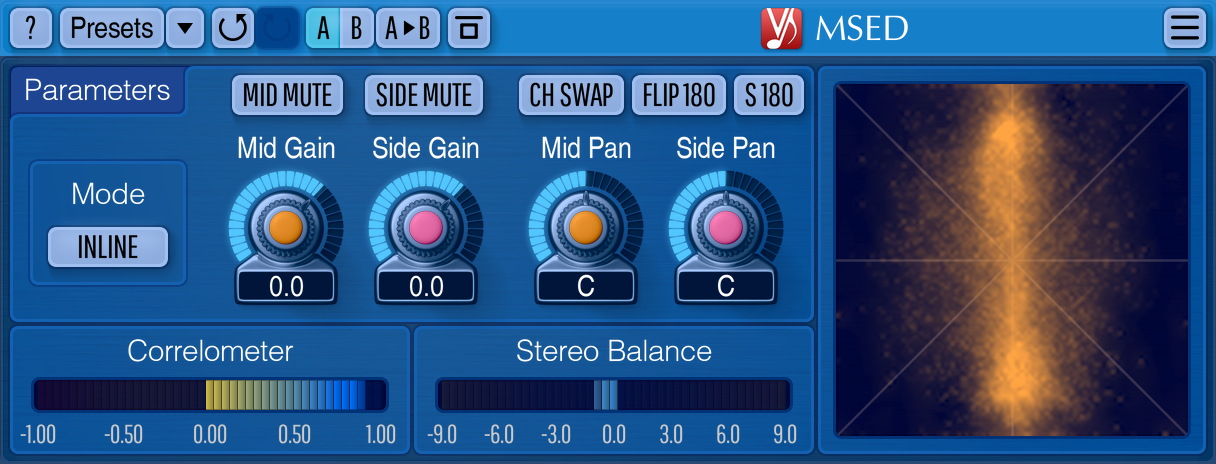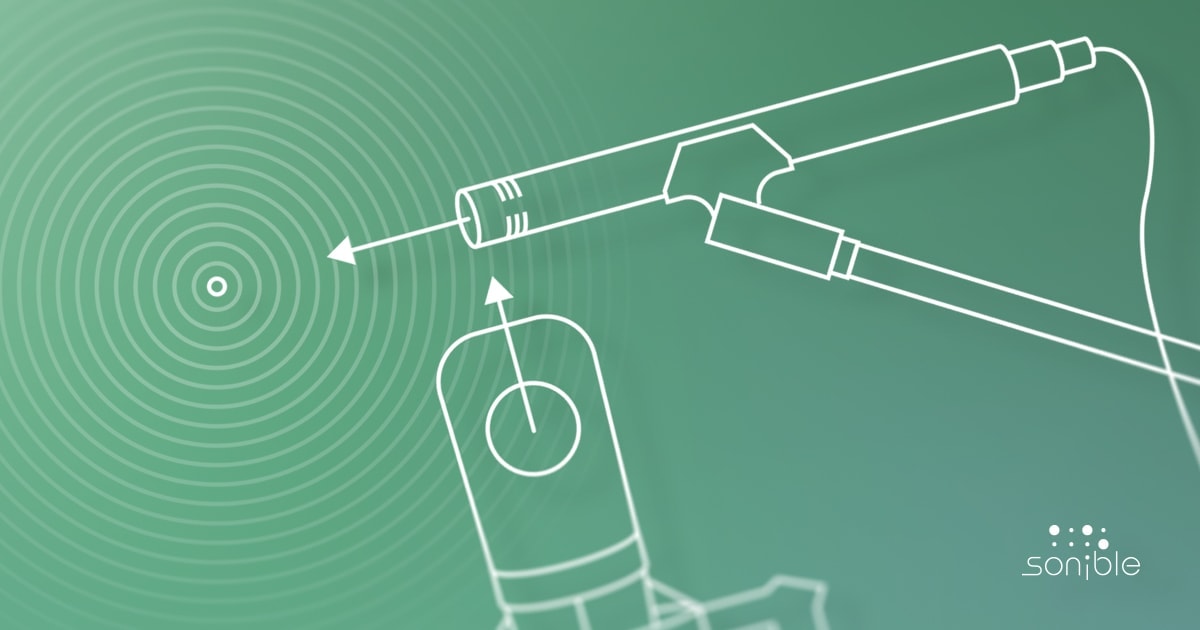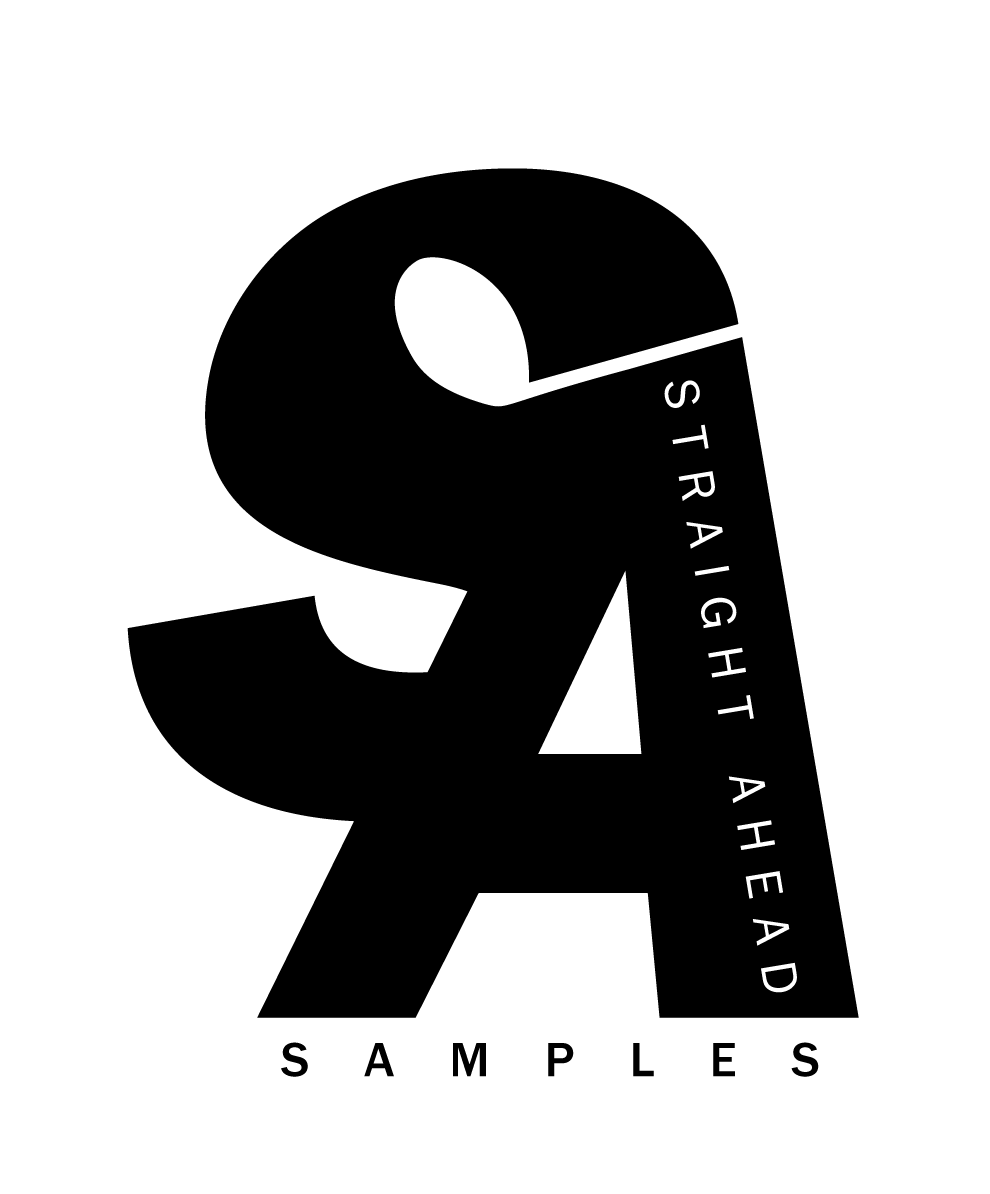Hi all,
A series of related queries, which I feel this board is better placed than anywhere else to answer!
We all, myself included, listen to the trailers for the latest piano sampler instrument and revel in the immersion that a wide stereo image affords. It's a massive draw to the ears, and I understand why companies go in that direction. It certainly makes for a fantastic solo playing experience with high quality headphones or monitors.
However, it does not necessarily make for the most usable piano in a mix.
A telltale sign of a sampled piano in a mix is a too-wide stereo image, which competes with other elements for its place in the stereo field. Compare that to classic recordings from the 50s, 60s, 70s and 80s, where the piano is very often narrow or piano, allowing for a rich, spacious and uncluttered mix.
I often find myself narrowing the stereo image with a plugin, with a predictably negative impact on phase coherence and richness of sound.
So my two (or three!) related questions are...
1a) Are there any high quality grand piano sampler instruments with a great mono mic option?
1b) Are there any high quality grand piano sampler instruments with a good narrow stereo mic option?
and
2) Are there any libraries which use a phase-coherent stereo mic'ing technique? So that once collapsed from stereo to mono, there is no phase cancellation (e.g. Mid-Side or Blumlein)
Many thanks for any help!
A series of related queries, which I feel this board is better placed than anywhere else to answer!
We all, myself included, listen to the trailers for the latest piano sampler instrument and revel in the immersion that a wide stereo image affords. It's a massive draw to the ears, and I understand why companies go in that direction. It certainly makes for a fantastic solo playing experience with high quality headphones or monitors.
However, it does not necessarily make for the most usable piano in a mix.
A telltale sign of a sampled piano in a mix is a too-wide stereo image, which competes with other elements for its place in the stereo field. Compare that to classic recordings from the 50s, 60s, 70s and 80s, where the piano is very often narrow or piano, allowing for a rich, spacious and uncluttered mix.
I often find myself narrowing the stereo image with a plugin, with a predictably negative impact on phase coherence and richness of sound.
So my two (or three!) related questions are...
1a) Are there any high quality grand piano sampler instruments with a great mono mic option?
1b) Are there any high quality grand piano sampler instruments with a good narrow stereo mic option?
and
2) Are there any libraries which use a phase-coherent stereo mic'ing technique? So that once collapsed from stereo to mono, there is no phase cancellation (e.g. Mid-Side or Blumlein)
Many thanks for any help!











